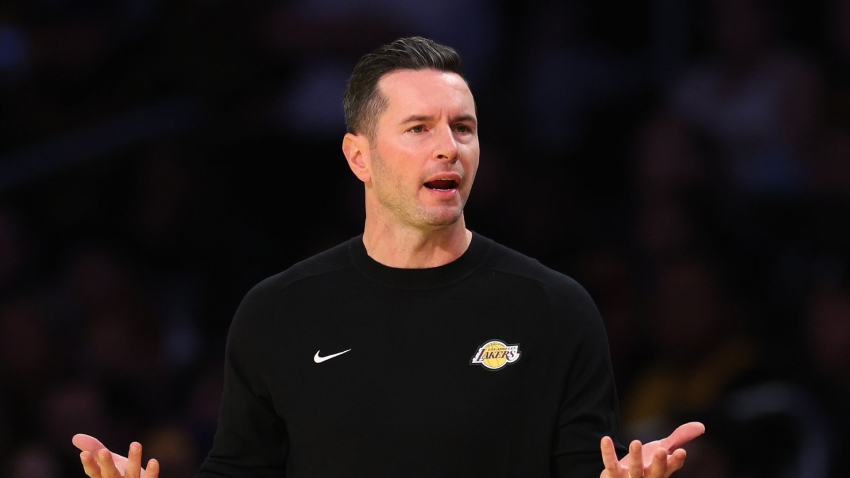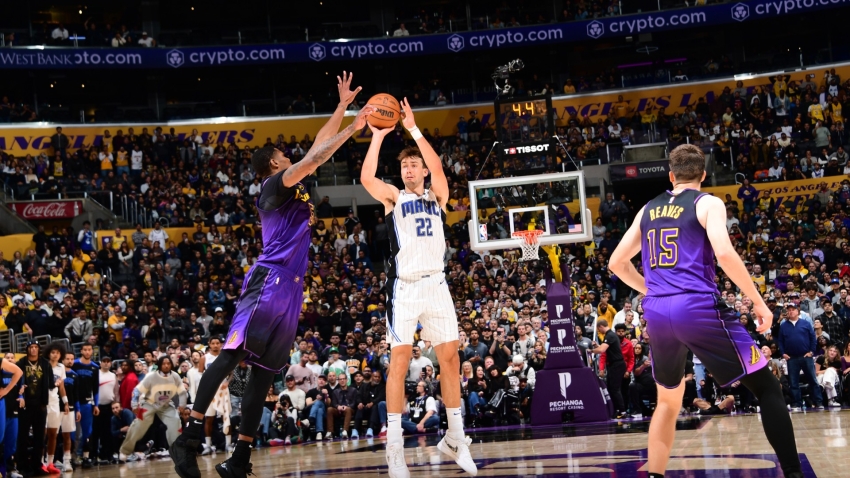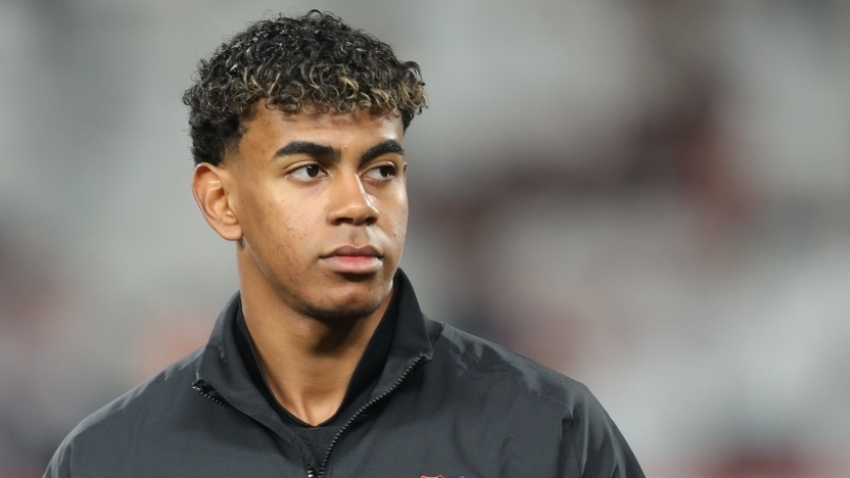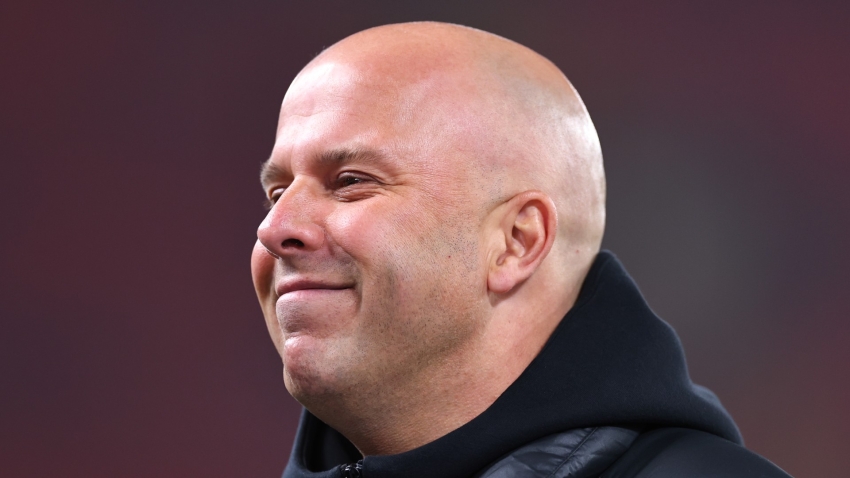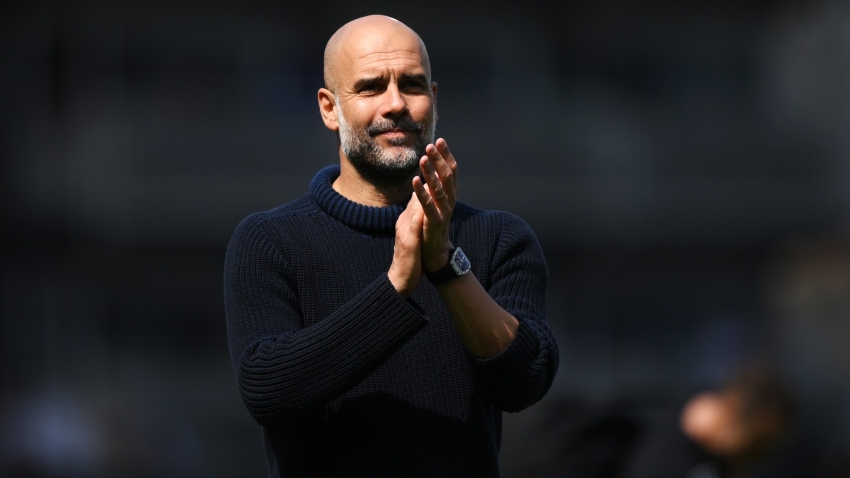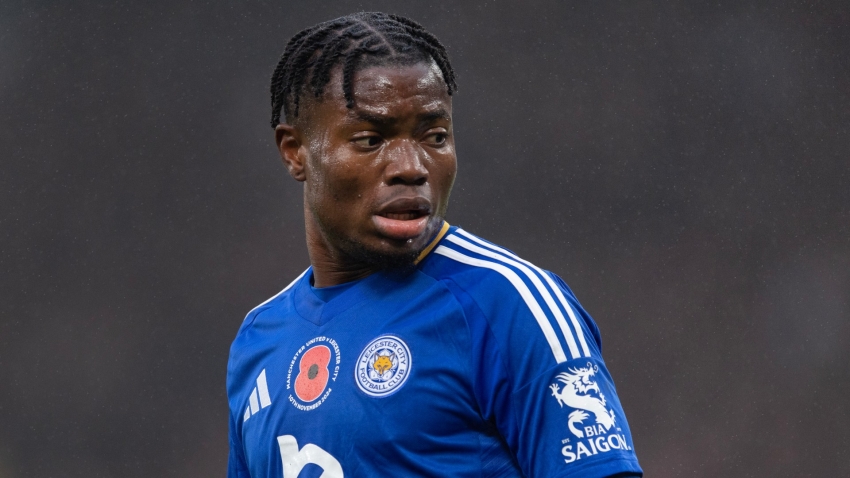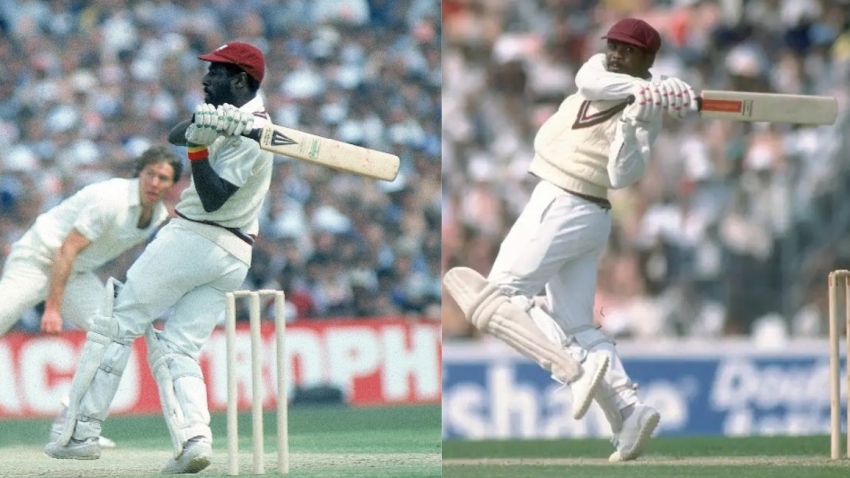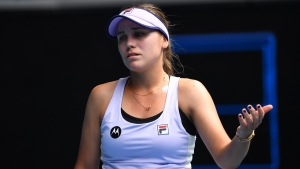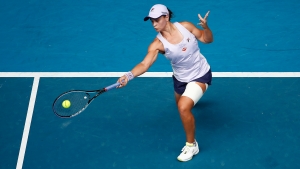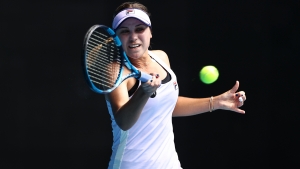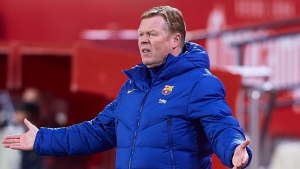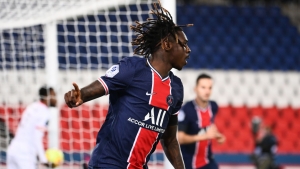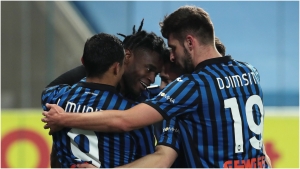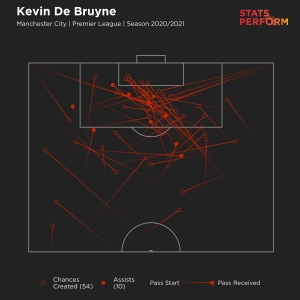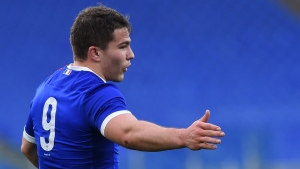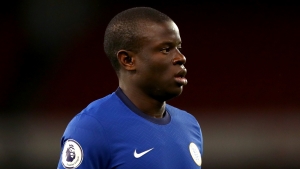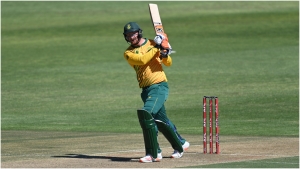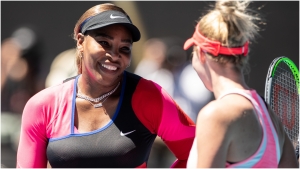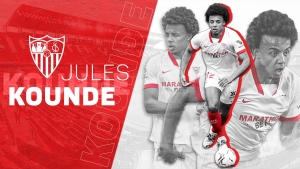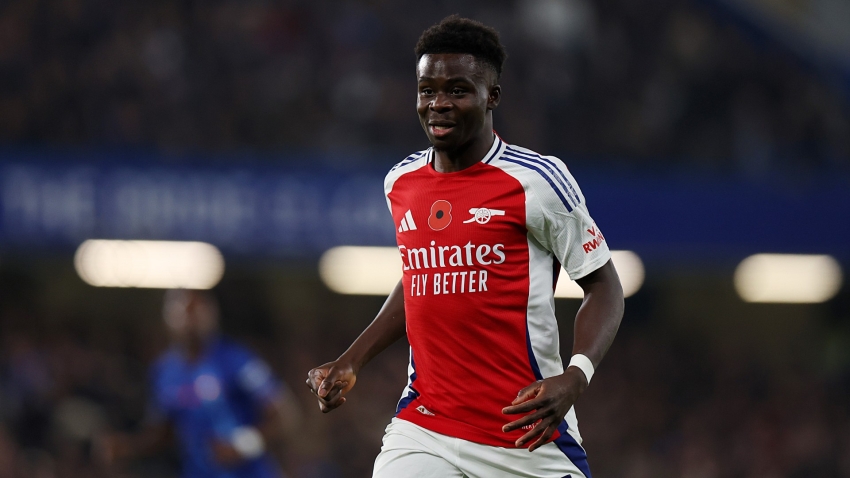Julen Lopetegui wasn't instantly won over by Jules Kounde following his 2019 arrival at Sevilla from Bordeaux, unlikely as that seems currently.
He had only made four LaLiga starts by the end of October in his first season, and although that was followed by a more prolonged run in the team, a rocky performance against Osasuna in December saw him back on the bench.
As it was, Osasuna weren't able to punish Kounde's struggles on that occasion – the closest they came was hitting the post after his misjudgement of a bouncing ball led to a clear opportunity.
He was withdrawn soon after and only made another two league starts – a defeat at Real Madrid and underwhelming 1-1 home draw with Deportivo Alaves – before the start of February.
Indeed, it arguably wasn't until LaLiga's resumption after the coronavirus lockdown that Kounde truly nailed down a place and found genuine consistency in his performances, but now he is probably the first name on the team sheet.
Sevilla's 'selling club' business model is no secret, and by that logic it is unlikely that Kounde will remain at the Ramon Sanchez Pizjuan long-term – after all, Manchester City were keen in pre-season.
In years gone by Barcelona would've been not only a likely destination for him such has been their affinity for Sevilla-developed talent, it would have also been a stylistically ideal place for him to play. But ahead of the two teams' Copa del Rey semi-final tie, the archetypal Barca defender appears to be well out of their reach financially.
The 'false right-back'
In 2006, two years before he came Barcelona coach, Pep Guardiola wrote a column for El Pais in which he discussed what has become known as the 'Lavolpiana build-up', a defensive setup attributed to Argentinian coach Ricardo La Volpe that essentially demands centre-backs carry the ball forward.
While La Volpe's Mexico side used a back three, the key ball-playing and forward-thinking elements of this system are still evident in the four-man defensive structure at Guardiola's City now – it is also identifiable in Lopetegui's Sevilla.
Kounde is a massive part of that, with the young Frenchman a fine player technically, both on the ball and when distributing.
The attack-minded nature of Sevilla right-back Jesus Navas leaves a lot of space for Kounde to operate in, and he often helps create overloads on the right flank – his positional map shows how he essentially works as a secondary right-back when in possession, while Fernando drops back into central defence to form a back three.
The recent 3-0 win over Getafe show this perfectly, with Kounde almost spending as much time in the attacking half as he did his own.
While the 'Lavolpiana build up' is a risky strategy, the right players can ensure it brings greater incisiveness particularly when playing through a press, and Sevilla have clearly adapted well – they are one of just two teams to not concede a goal as a result of a high turnover this term.
At no point this season has Sevilla's ability to play through the press been more prevalent than when remarkably stringing together 37 passes leading up to Luuk de Jong's second goal in the 3-0 Copa win over Valencia last month. Kounde more than played his role in that.
The defensive playmaker
This setup suits Kounde down to the ground. It's no wonder City were interested in him before going for Ruben Dias, and by extension he would clearly suit the ethos cultivated at Barcelona.
In 2019-20, Kounde showed glimpses of his undoubted ability but it was his partner Diego Carlos who arguably attracted more acclaim.
But this season, building on his positive development post-lockdown last term, Kounde has stepped things up a notch and seemingly relished that forward-thinking ball-playing role.
That is most notable with respect to how often he has carried the ball – his 331 carries (defined as a movement of five metres or more in possession of the ball) is bettered by only six players in LaLiga this term, three of whom are Frenkie de Jong, Lionel Messi and Luka Modric.
Of those 331 carries, 205 have been progressive, so moving Sevilla up the pitch. This gives him another very high ranking, with Pau Torres (321), De Jong (288), Messi (252) and Raul Albiol (246) the four individuals to boast more.
Kounde ranks in the top 10 for several other carry-related metrics – last season he did not. In fact, his 338 carries in 2019-20 is only seven more than he has in 2020-21, which in itself highlights his development.
But his forward runs in possession aren't Kounde's only way of getting on the front foot. His passing is also very positive.
Possessional stats can often be skewed for centre-backs given many of the passes they make are simple short balls to their defensive colleagues, but Kounde is often looking ahead.
His 387 successful forward passes is more than anyone else in LaLiga, while his 486 attempted forward balls is second only to Torres (502), who has played 360 minutes more than Kounde.
The Sevilla talent's 79.6 per cent completion rate from such passes is also better than Torres' 74.5 per cent.
Kounde is a prime example of how centre-backs can be just as satisfying to see in possession as your classic playmakers – in fact, that is essentially what he has developed into, a defensive playmaker of the ilk who wouldn't have looked out of place in the great Barcelona teams of the past 14 years.
While Sevilla and Lopetegui remain the perfect fit for Kounde, it is surely only a matter of time before his €80million release clause no longer appears a daunting figure for certain clubs – though Barca's perilous financial position means they won't be in the hunt.
He's come a long way from that shaky night in Pamplona.


